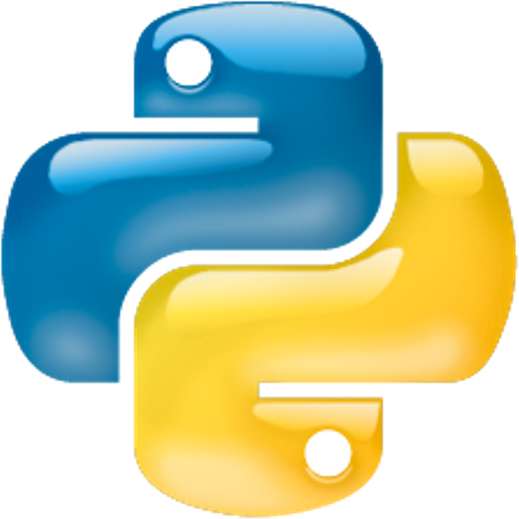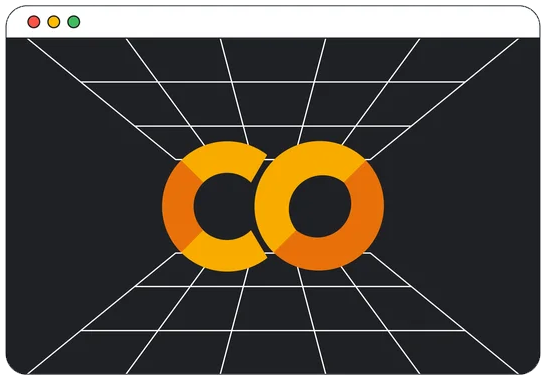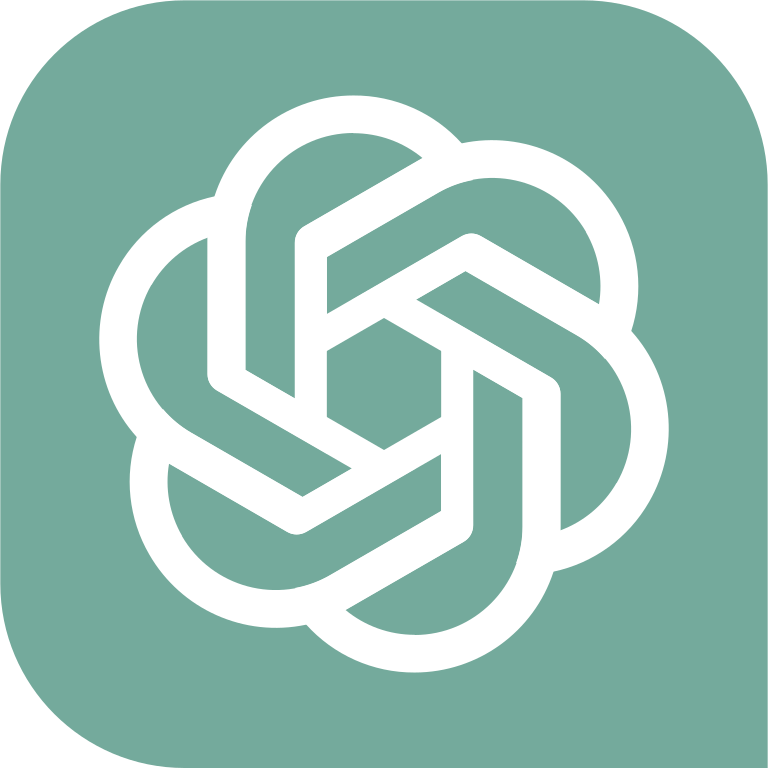Table of Contents » Chapter 5 : Disciplines : Cultural Studies
Cultural Studies
Overview
The study of cultures within the humanities and Python programming have a profound relationship, especially as technology increasingly permeates every facet of human life. Python, with its readability, simplicity, and extensive suite of libraries, provides a rich toolkit for cultural studies researchers. For instance, Python's Natural Language Processing (NLP) libraries allow scholars to analyze texts from various cultures, uncovering prevalent themes, patterns, or sentiments. With web scraping tools, Python can gather vast amounts of data from digital sources, including social media, which can offer valuable insights into contemporary cultural practices and discourses. Data visualization libraries can graphically present complex cultural data, making trends and patterns more comprehensible. Python can also be employed in digital humanities projects, enabling the creation of interactive digital experiences that enhance the study and understanding of different cultures. Additionally, machine learning capabilities offer opportunities to model cultural phenomena and make predictions based on cultural data. In essence, Python programming is becoming an increasingly crucial tool in cultural studies, contributing to novel research methodologies and a deeper understanding of complex cultural dynamics.
- Text Analysis: Python's Natural Language Processing (NLP) libraries, such as NLTK, SpaCy, or TextBlob, can be used to analyze cultural texts. This could include identifying cultural themes, sentiments, or language patterns.
- Data Visualization: Libraries like Matplotlib, Seaborn, and Plotly can be used to visually represent cultural data, such as demographic information, cultural trends, or geographic distributions.
- Web Scraping: Libraries like Beautiful Soup and Scrapy can be used to gather data about cultural phenomena from the web, such as social media trends or online discourse.
- Social Media Analysis: Python can be used to analyze social media data to understand cultural trends, behaviors, and public sentiment. This can involve using APIs provided by social media platforms.
- Digital Humanities: Python can be used in various digital humanities projects that explore cultural phenomena in interactive and digital ways.
- Cultural Analytics: Python can be used to perform statistical analysis on cultural data to identify patterns and trends.
- Network Analysis: With libraries like NetworkX, Python can be used to model and analyze networks of cultural relationships or phenomena.
- Machine Learning: Python's machine learning libraries, like Scikit-learn or TensorFlow, can be used to make predictions based on cultural data or to identify patterns in large data sets.
- Geospatial Analysis: Libraries like Geopandas and Folium can be used to conduct geospatial analysis and visualization, which can be helpful for understanding cultural phenomena in their geographical context.
- Data Cleaning: Python's Pandas library can be used to clean and preprocess cultural data, making it easier to analyze.



